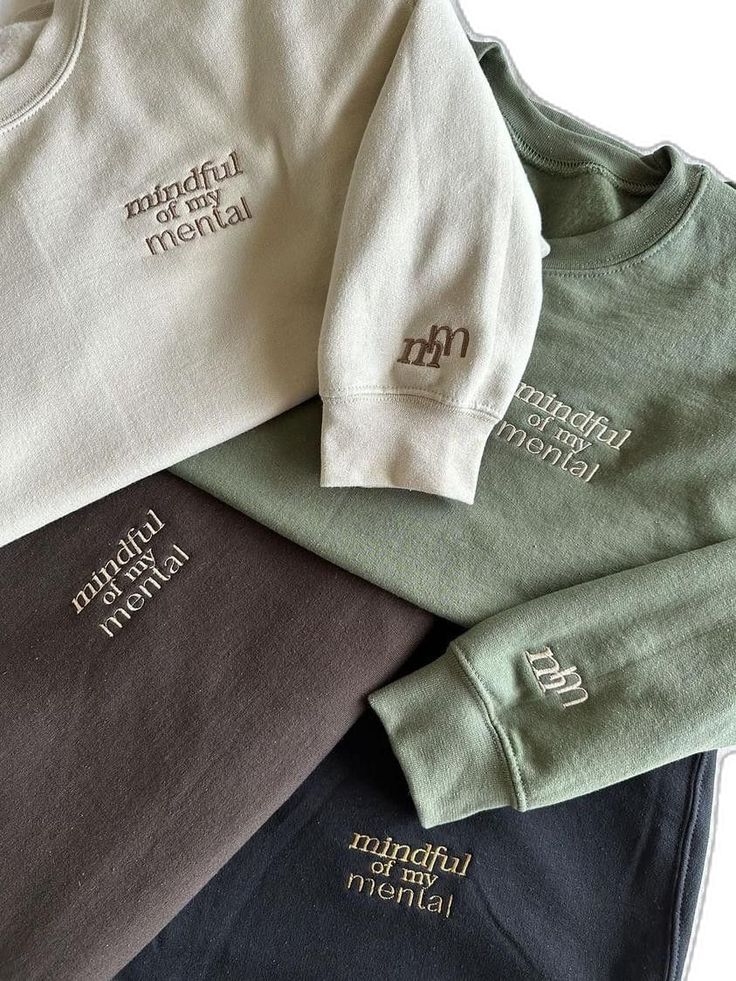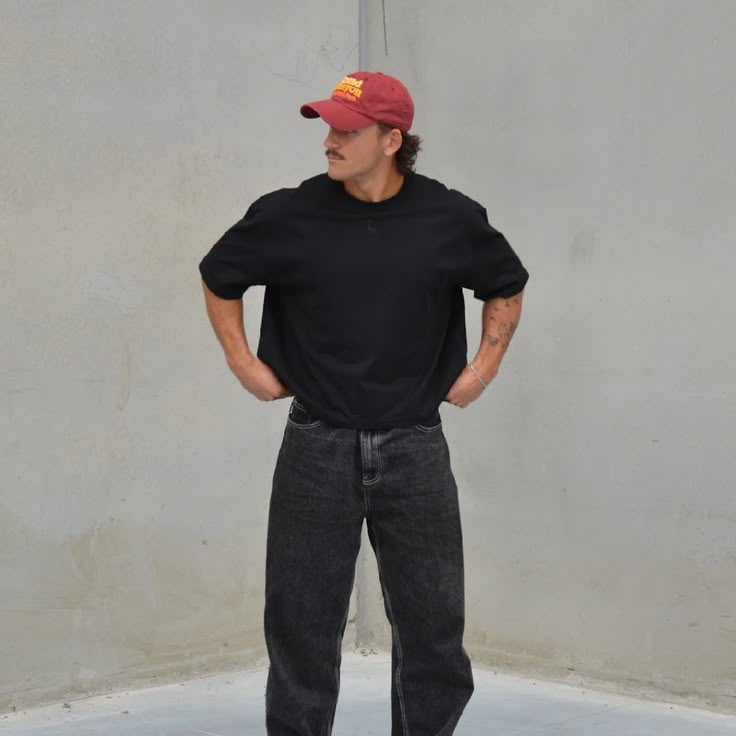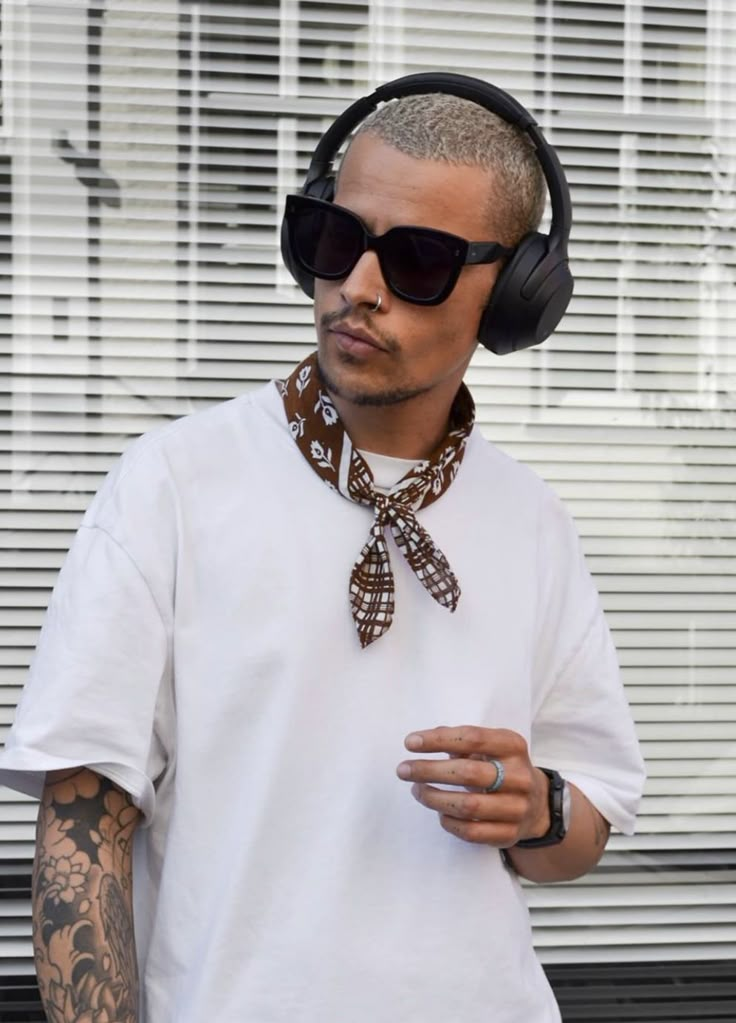Introduction
In the fast-paced world of fashion, trends shift rapidly, reflecting changes in technology, environmental awareness, and consumer preferences. Hoodies, once considered solely casual or athletic attire, have transcended their origins to become an essential piece in wardrobes across all demographics. As we step into 2025, the fabrics used to create these versatile garments play a critical role in shaping their function, comfort, and sustainability. Understanding the best hoodie fabrics available today empowers you to make informed purchasing decisions, aligning your personal style with modern innovation and responsible fashion practices.
This comprehensive guide explores the most exceptional hoodie fabrics to watch for in 2025. We dive deep into each material’s characteristics, benefits, drawbacks, and the impact they have on both your wardrobe and the environment.
Understanding the Importance of Fabric Choice in Hoodies
Fabric selection is not merely a technical detail; it fundamentally defines the experience you have when wearing a hoodie. The right material dictates softness, warmth, breathability, durability, and even environmental impact. As consumers grow more conscious of their choices, fabric becomes the silent storyteller of values, comfort, and identity.
Choosing a hoodie crafted from thoughtful fabrics means investing in longevity, better performance, and often supporting sustainable practices. From resisting wear and tear to providing adaptive comfort across climates, the fabric sets the stage for how often—and how happily—you’ll reach for that hoodie in your daily life.
In 2025, with technological advancements and increased environmental concerns, fabric innovation is at its zenith. No longer limited to traditional materials, brands are blending old-world craftsmanship with futuristic technology to create textiles that meet the dynamic needs of modern consumers.
Organic Cotton: The Ultimate Blend of Softness and Sustainability
Organic cotton stands tall among fabric choices, offering unmatched softness, breathability, and a commitment to environmental stewardship. Unlike conventional cotton, which often requires large quantities of synthetic chemicals and vast water resources, organic cotton is grown through processes that sustain soil fertility and minimize ecological impact.
Hoodies fashioned from organic cotton provide a sensation of lightness against the skin, making them perfect for year-round wear. Its breathable nature allows air circulation, preventing overheating, while its hypoallergenic qualities make it ideal for sensitive skin. Furthermore, organic cotton garments tend to exhibit greater durability because the fibers remain stronger without chemical weakening during cultivation.
In 2025, organic cotton hoodies often come pre-washed to minimize shrinkage and enhance their already luxurious hand-feel. Many forward-thinking brands pair organic cotton with low-impact dyes, ensuring the garment’s entire life cycle aligns with principles of sustainability.
Recycled Polyester: Pioneering Sustainable Innovation
Recycled polyester is making headlines as a dynamic alternative to virgin synthetic fibers. Derived primarily from post-consumer plastic waste such as PET bottles, recycled polyester reduces reliance on fossil fuels, cuts down on greenhouse gas emissions, and diverts significant volumes of waste from landfills and oceans.
Beyond its eco-friendly origins, recycled polyester excels in practical performance. It offers excellent resilience, maintaining its structure and vibrant colors through countless washes and heavy use. Additionally, it dries quickly, resists wrinkles, and maintains a lightweight profile—traits that make it ideal for activewear and casual outerwear alike.
Hoodies crafted from recycled polyester often incorporate moisture-wicking properties, offering a dry and comfortable experience even during intense activities. Many innovations in 2025 include blending recycled polyester with other sustainable fibers to balance the feel of natural fabrics with the performance of synthetics, ensuring that wearers never have to sacrifice comfort for responsibility.
Bamboo Fabric: Nature’s Gift to Comfort and Versatility
Bamboo fabric, also known as bamboo viscose or bamboo rayon, is rapidly becoming a favorite for those seeking ultra-soft, breathable, and eco-friendly apparel. The bamboo plant’s incredible growth rate and minimal agricultural footprint make it a standout in sustainable fashion discussions.
In hoodie construction, bamboo fabric offers a weightless, buttery-smooth texture that drapes elegantly across the body. Its natural antibacterial and antifungal properties make it highly resistant to odors, while its thermal-regulating capabilities ensure you stay cool in warm weather and cozy during colder months.
In 2025, many bamboo hoodies are blended with organic cotton or elastane to enhance stretch and durability without compromising softness. Thanks to its moisture-wicking abilities and UV protective qualities, bamboo-based hoodies are ideal for athletes, outdoor enthusiasts, and anyone prioritizing comfort with an eco-conscious mindset.
French Terry: The Classic Comfort Champion Reimagined
French terry remains a staple in hoodie design, but in 2025, it evolves with a greater focus on sustainable sourcing and performance improvements. Characterized by its looped back and smooth front, French terry offers a middleweight option that bridges the gap between heavy fleece and lightweight jersey.
Ideal for layering or standalone wear, French terry hoodies provide a breathable warmth, making them perfect for transitional seasons or chilly summer nights. New innovations include blends featuring organic cotton, Tencel, or even hemp, enhancing the fabric’s stretch, resilience, and eco-profile.
French terry’s moisture absorption properties ensure you remain comfortable even when temperatures fluctuate. Brands also experiment with different weave densities to tailor French terry hoodies to specific activities, whether lounging, light exercise, or travel.
Merino Wool: Redefining Luxury, Functionality, and Everyday Wear
Traditionally associated with premium outdoor gear, Merino wool’s entrance into hoodie fashion represents a transformative shift. Harvested from Merino sheep, this wool is celebrated for its incredibly fine fibers, which eliminate the scratchiness typical of conventional wool.
Merino wool hoodies offer thermoregulation, meaning they adapt to your body temperature to keep you cool when it’s hot and warm when it’s cold. They naturally wick moisture away from the body, dry quickly, and resist odor—features that make them indispensable for travelers, commuters, and outdoor adventurers.
Unlike synthetic performance fabrics, Merino wool is biodegradable and sustainably sourced when properly managed. In 2025, many brands enhance Merino’s capabilities by blending it with Tencel or recycled fibers, creating hoodies that are even softer, lighter, and more durable while maintaining an ethical production chain.
Tencel Lyocell: Eco-Friendly Elegance and Performance
Tencel Lyocell represents the future of luxury casualwear, combining environmental responsibility with aesthetic sophistication. Produced from sustainably harvested wood pulp, Tencel’s closed-loop production method recycles over 99% of water and solvents used, drastically reducing environmental impact.
Tencel fibers are smooth, resulting in hoodies that offer a silky hand-feel, beautiful drape, and slight natural sheen. Moreover, Tencel absorbs moisture efficiently, making garments cooler and less prone to bacterial growth.
Hoodies made from Tencel Lyocell in 2025 often showcase minimalist silhouettes, emphasizing the fabric’s elegant draping and movement. Lightweight yet insulating, these hoodies work beautifully across seasons, offering understated luxury for those who appreciate quality and sustainability.



